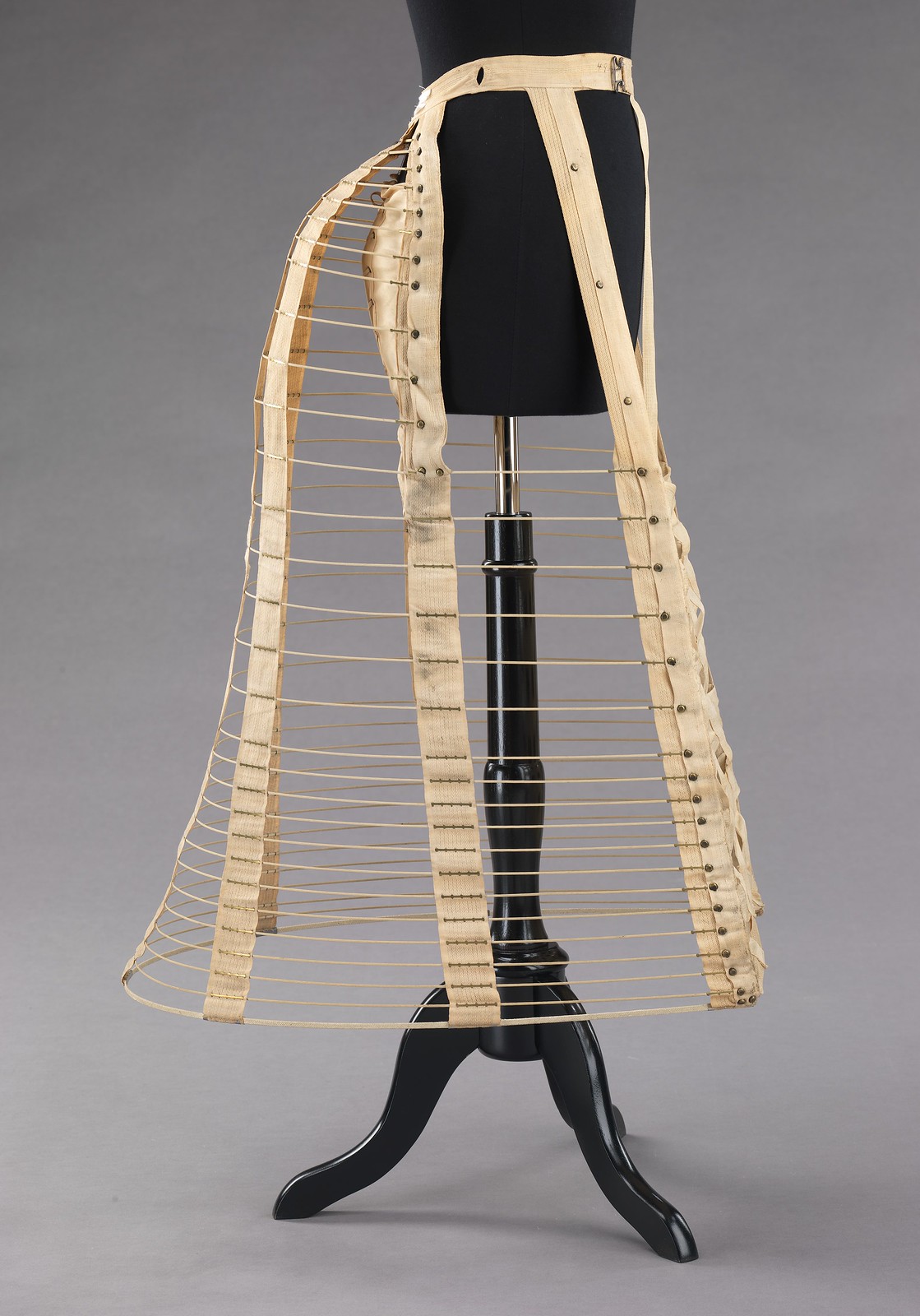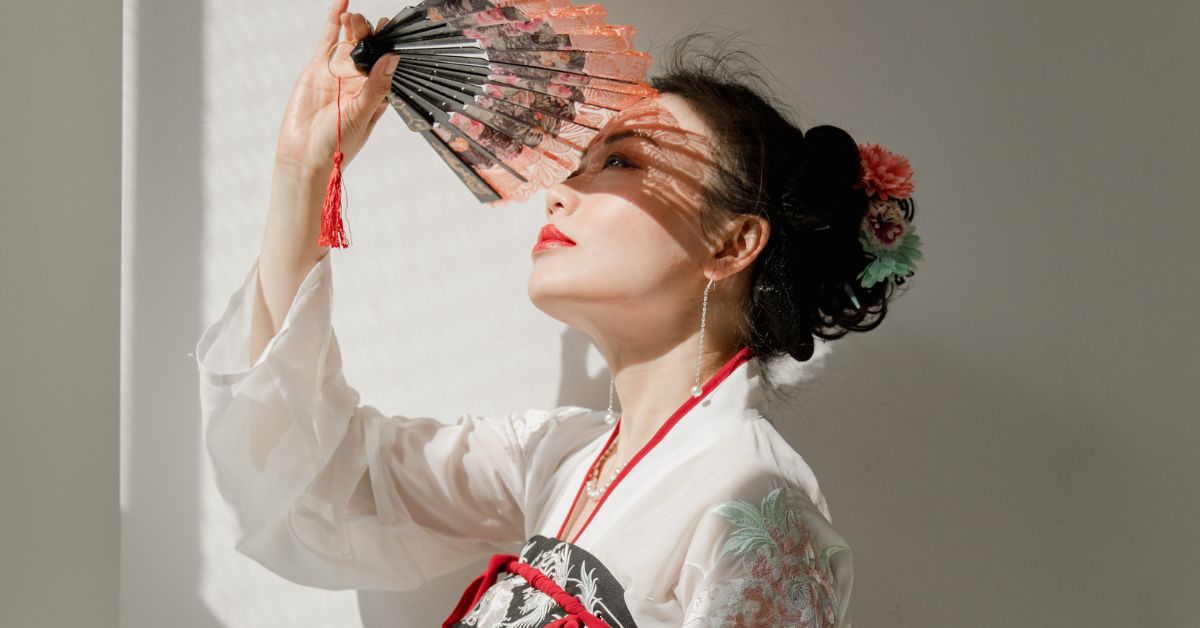The Court Dancer is a historical fiction novel set in 1890s Korea under the Joseon Dynasty. As the title suggests, it follows the life of an orphaned girl who later becomes a palace court dancer – Jin. She is a girl with humble beginnings but whose unparalleled beauty casts her in the gaze of many men.
The first is a boy of even more humble beginnings than hers — Yeon. Kang Yeon. He is mute, and has to communicate by writing on the floor or on the palms of people’s hands, but what he lacks in speech, he more than makes up for in music. Boy can he play the flute! Yeon and Jin meet as children. They play, live and grow up together. When Jin’s guardian sends her to the palace courts, he follows her. He plays the flute and she dances a dance that delights both the King and the Queen.
Inevitably she catches the King’s eye, but not before the Queen has noticed her and deemed her a threat. At the same time a Frenchman sent to Korea as a legate notices her and decides that he must have her. With this new development, the Queen spots an obvious way to remove Jin from the palace — she sends her away with the Frenchman.
Soon enough, Jin is on a ship to Paris, France. There she adjusts to her new life, learning the ways of the west and forging a personhood outside the service of the palace. She is admired by almost everyone she meets, and there is no shortage of kindness from the French people. Yet she always feels like a spectacle – a curious object that people constantly gawp at. As she tries to settle into her new identity in France, she keeps noticing things in the places they visit. They leave her unsettled and she finds that she is unable to shake the feeling of otherhood.
On a visit to the Louvre, she notices sculptures brought from their homelands to the French Museum.
“…the sphinx came from Egypt. The Venus came from the island of Milos, and the Goddess of Victory from the island of Samothrace in the Aegean Sea.”
The phenomenon disturbs her, but she does not yet have the vocabulary for plunder. All she is certain of is that it doesn’t sit right with her. In fact, she has begun to feel like an artefact herself. Plucked from her homeland, no different from a prized jar of Korean celadon.
Corpses for Entertainment
She learns another pastime of the French on a visit to the Paris Morgue. (To be fair, she is the one who insists on this particular excursion). You wouldn’t believe it but quite recently, as recent as the 20th Century, (1900s for those in the back), corpses were a tourist attraction in Paris. Paris! The place otherwise known as ‘The City of Light’ for its ‘pioneering role in the age of enlightenment’. The crown jewel of western culture. The epitome of sophistication. That Paris! Apparently, the Paris Morgue was so hot a spot that it actually made the guide books – and that’s not all.
Another of the places she visits is the Bois de Boulogne, a park in Paris where they come upon this scene from an imported African village.
“Barely clad men jumped about with their spears as if they were hunting. Women with their breasts exposed carried buckets of water balanced on their heads. Their naked children stared back at the staring people, not blinking an eye… A naked child went to the toilet on the grass and wiped himself with a leaf, accompanied by laughter from the onlookers. When a woman in the enclosure comforted a crying child, her bare breasts shaking, the spectators jeered obscenely at her.”
Human Zoos
Now, this was an actual African village imported into the park for tourism purposes, which by the way also hosted an animal zoo (though I’m not sure any distinction was made). The concept of human zoos is not at all fictional. During the colonial period and even for some time afterward, humans were exhibited in Germany, France, Italy, Belgium, Czech Republic, Japan, the UK, the USA, Spain and Norway among other countries. These people were mostly the native populations of virtually every continent: Africans, Native Americans, Pacific Islanders, Indians, Indigenous Europeans and others.
‘It was a different time.’
This was a time when the likes of Alexander Winchell published books about Pre-Adamites. Their goal was to build on an ongoing body of ideas that asserted that indigenous people existed before the creation of Adam and Eve. There were many who sought to understand the world through Scripture in that time. When challenged with such findings, they did not want to admit that Adam and Eve may not be the progenitors of the entire human race. Thus, they came to the conclusion that these peoples must not be men but beasts – as seen in Charles Carroll’s The Negro a Beast. (This article gives a good outline of how they reached that conclusion.)
Saartje Baartman
Saartje was a Khoikhoi woman taken from South Africa and exhibited in a circus in Britain and Ireland before being sold to a new exhibitor in France. Her body was of particular fascination to the Europeans because of a condition called steatopygia (translation: she had full hips and big buns). She was christened Sarah and was otherwise known as the Hottentot Venus.
When she wasn’t being poked and groped, her new employer was pimping her out. She died young, of an inflammatory disease now thought to be syphilis or pneumonia. Her remains continued to be displayed in a museum after death as an exhibit of the ‘savage woman’. It took a petition from Nelson Mandela himself for the French to return her remains back. Even then it took almost a decade, but in 2002 Saartje was buried in her homeland.
Between 1860 and 1880, it became very fashionable in Europe to wear skirts with an ‘artificial hump’. That is, fabric emphasizing the back to give the impression of a curvy body. This was achieved with the use of a bustle, or back pad which was worn under a woman’s skirt.


Now instead of a metallic contraption under the skirt, silicone implants are placed under the skin. It is thought by some that this fashion trend was an attempt by Europeans to recreate the likeness of Saartje’s full body type. That would certainly explain a lot. Although, sticklers for empirical evidence might have something to say about that.
Ota Benga
Saartje wasn’t the only one of note. Ota Benga was a Congolese man displayed in the Bronx Zoo in New York. He was placed alongside an orangutan in the monkey house, and the insinuation here is obvious.
Anyway, that was what was in the zeitgeist at that time. These kinds of exhibitions, in addition to public amusement, served the purpose of demonstrating a beastly nature. Though, I think some may now prefer to call it ‘anthropological research’.
Back to ‘The Court Dancer’… (Hell of a detour, I know. This is still a book review!) Our girl Jin, after witnessing these disturbing scenes becomes afflicted by a strange malady. She sleepwalks through the streets of Paris at dawn and has no memory of it afterwards. She wishes to return to Korea, but her homeland is in a crisis of its own. The empire is engulfed by foreign powers, all of whom harbor imperialistic ambitions.
The Court Dancer is not simply the story of an orphan girl. It is also the story of Korea and the history of colonization. I highly recommend.
Sources
Mastamet-Mason, A. (2014) The Saartjie Baartman’s Body Shape versus the Victorian Dress: The Untold African Treasures. Open Journal of Social Sciences, 2, 113-120. doi: 10.4236/jss.2014.28017.
Alvarez, Jorge. ‘The Embarrassing Human Zoos of the Colonial Era.’ Labrujulaverde (LBV), October 23, 2019. www.labrujulaverde.com/en/2019/10/the-embarrassing-human-zoos-of-the-colonial-era








